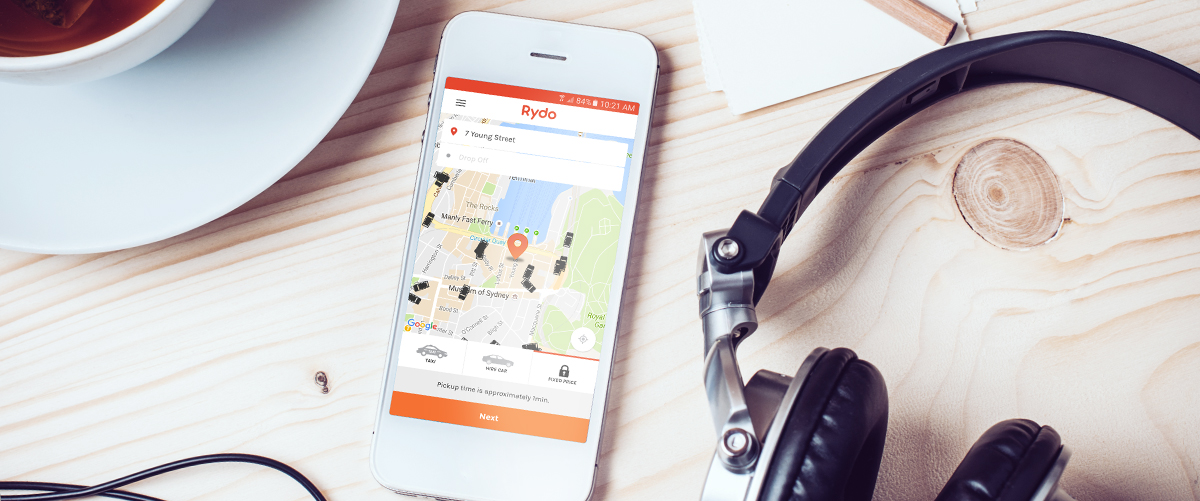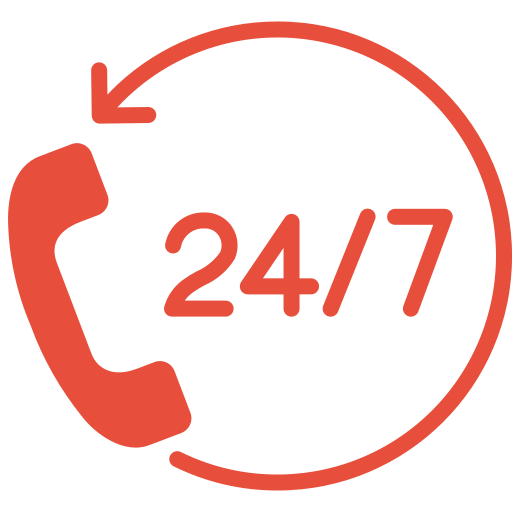
Ever wondered how technology gets you from A to B? - Rydo Australia
In earlier times it was pretty easy to fathom, you called the barkeep at the tavern to fetch you a carriage and he sent a boy out to hail one. Very old school but still achieved the result. It’s interesting that hailing a cab in person hasn’t changed much over the years, a wave, a whistle, or a “are you free” through the window. What has changed over the years is the technology that get you where you need to be.
The technology that allows taxis to provide you with their service comes mainly in two forms, how you contact them, and how they get you there, communication and mapping. The earliest form of technological communication were telephones placed at city and suburban taxi ranks that allowed taxi bases to phone through jobs for drivers sitting at the ranks. But it was the advent of radio that really revolutionised the taxi industry.
It was after World War II that a great deal of the two-way radio networks were introduced to the various taxi companies across Australia. It was the ability for passengers to be able to ring the company and book a mobile cab that revolutionised the industry. Although the communications side of the taxi industry had moved forward, printed maps were still the main source of directions, that and of course, any experienced taxi drivers knowledge of their city.
With the introduction of mobile phones, first large bricks, and then later smaller phones, the taxi industry saw another level of communication available, but as the bookings were centralised it was still little used as trip communication tool. It was the advent of the smartphone that changed the industry forever.

The single biggest piece of technology that has influenced how we get from A to B was Google Maps. All the technology that has come after is predicated on the maps that were introduced in 2005. What on earth did we do before we had them?
Any industry that deals with a user’s physical location and delivery to another, like the taxi industry, needs mapping and geolocating. Depending on which operating system is being used, taxis are located either via CoreLocation (Apple) or Google’s Location API’s (Android). Both use differing technologies but deliver the same location needs across many apps.
In Google maps there are two methods of location known as “fine” and “coarse”. One uses the obvious GPS and the other some not so specific information.
Google was pinged for collecting Wi-Fi positions when collecting data for streetview and there may be any number of pieces of information that provide this pin point accuracy when dealing with coarse locators.
Providing the routes requires access to other technologies, in the case of Android it is Google Maps Android API. These allow routing maps to become available to a user’s app. Most travel apps tend to use Google Maps as they provide the most comprehensive technology.
So in a nutshell, you are located, your destination is mapped and the two are then joined via routing technology.
This is a very brief explanation on how you are found and how apps get you to where you are going. The collusion of all these processes and API’s allow you to connect with taxis and rides via your apps, and that is exactly the end result of the sending the tavern boy out, but much more convenient!
 131 001
131 001


